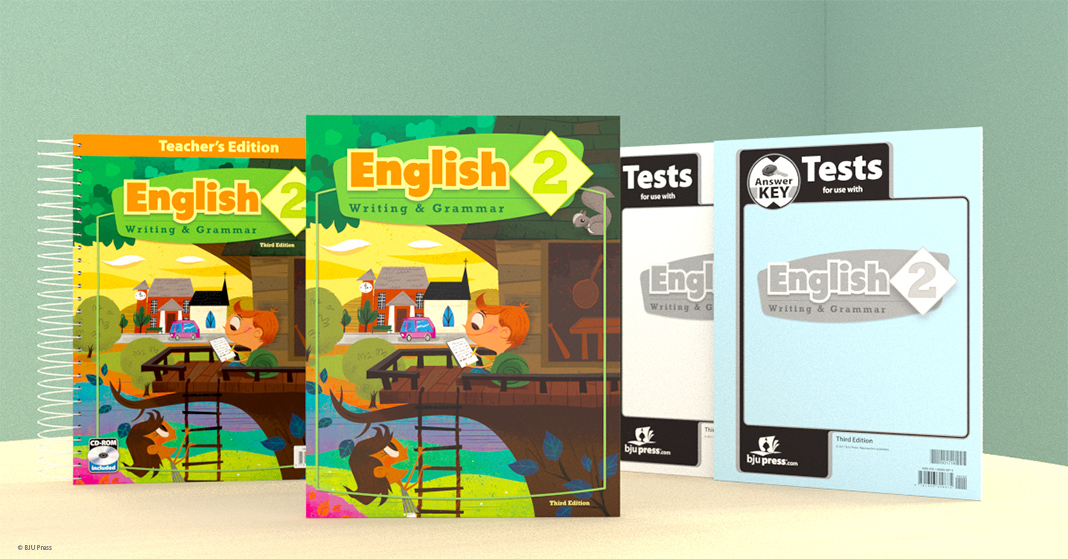
As a Christian, you know that there’s no such thing as reading for mindless entertainment. Books teach in ways that we often don’t understand. And as a Christian parent, you want your children to be taking in valuable lessons from the books they read. Your children’s ability to carefully evaluate everything they take in is a key part of their growth toward biblical maturity. This careful evaluation implies truly wrestling with the books they read. If your children can become thoughtful readers, then you know that they will be well equipped as adults in a world full of misdirection. So how do you encourage your children to be thoughtful readers? By building a familiarity with the only Book that truly matters.
The Foundation for Thoughtful Readers
Every thoughtful reader should approach other books on the basis of a constant and continuous study of the Book. The only reliable standard for the believer is Scripture itself. When the writers of Scripture penned God-breathed words, they wrote widely—of eternity past to eternity future, of battles and births, obedience and obstinacy. They wrote accounts of real people, recorded parables that came from the lips of our Savior, and produced the most beautiful literature known to man. And there is not a higher standard against which to evaluate a story.
Features of That Foundation
When Christ used the vehicle of story, He set the stage for contemplation that leads to biblical understanding. The same should be true of any worthy book. We can learn so much from these scriptural examples. There are good role models and bad ones as well as good actions and bad—but all for our instruction. Some stories clearly spell out the theme, while others require the reader to evaluate and draw a conclusion. Although the length and delivery of these stories differ, the resolution of the problem of sin—the central conflict—is true to the Book as it must be in lesser books as well.
The stories from the Old Testament include exciting plots, peopled by actual characters not unlike people we may know. There is sin, providing literary conflict, that sets each story in action; and before the conflict reaches a resolution (within varying timelines), the story addresses the sin.
The parables of the New Testament demonstrate our Lord’s creativity as He crafted each word picture or narrative to grab the attention of the listeners. Sometimes He told the story along with the lesson we should learn. Sometimes He spoke in metaphors that required the listener to read between the lines, as some may say. Other times He told the story but waited to give the explanation to certain listeners at another time. As these parables unfold, we see that some seeds flourished, and some withered and died; some wedding guests were welcomed, and some were turned away; some servants were faithful, and some were not.
Foundational Examples
In one account Jonah receives a command, runs the other way, and begins to experience the consequences in the space of three short verses. His whole story is a narrative told in only four chapters, woven into the fabric of the Old Testament. In another instance a longer story tells about Joseph, ill-treated by his brothers and sold into slavery. Long years pass as Joseph comes to manhood and becomes the instrument of God used to deliver his family. His brother Reuben’s guilt begins at the pit and ends in a palace many years later, recorded over several chapters in Genesis.
Biblical narratives demonstrate variety and creativity, and they offer many different topics to interest a range of readers. There is all of this and more in the inspired Word, the Book that is the guide for believers in all things. And all of these concepts can direct your children’s thinking in all their readings.
• • • • •
Nancy Lohr is acquisitions editor at JourneyForth, a division of BJU Press. She has edited dozens of books over the last twenty years and is a writer as well, having authored two historical novels for children, curriculum stories and articles, and numerous book reviews and articles for parents and educators. Nancy was an educator and children’s librarian before moving into publishing, and she loves to see young readers develop into capable and satisfied readers.



